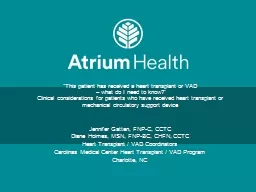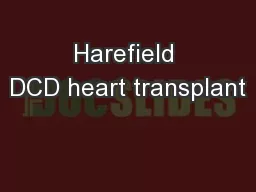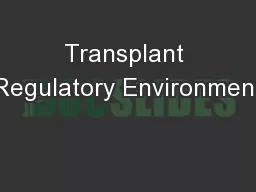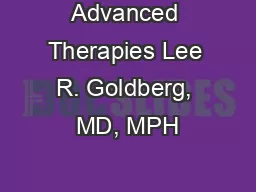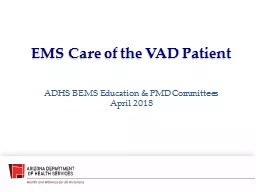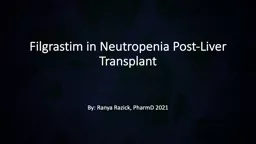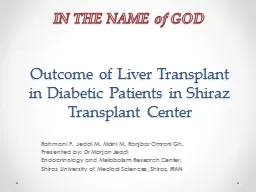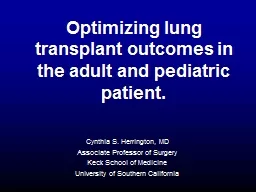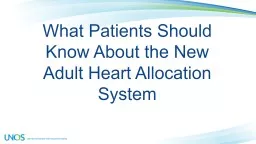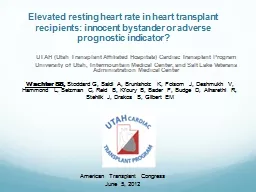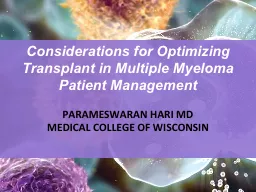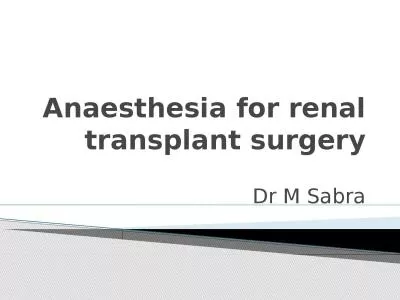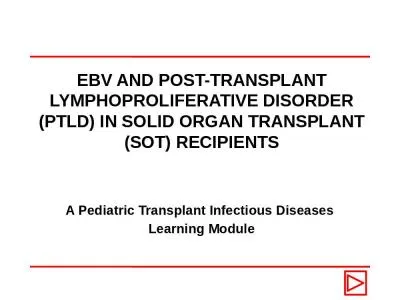PPT-“This patient has received a heart transplant or VAD
Author : marina-yarberry | Published Date : 2020-04-04
what do I need to know Clinical considerations for patients who have received heart transplant or mechanical circulatory support device Jennifer Gatten FNPC CCTC
Presentation Embed Code
Download Presentation
Download Presentation The PPT/PDF document " “This patient has received a heart tr..." is the property of its rightful owner. Permission is granted to download and print the materials on this website for personal, non-commercial use only, and to display it on your personal computer provided you do not modify the materials and that you retain all copyright notices contained in the materials. By downloading content from our website, you accept the terms of this agreement.
“This patient has received a heart transplant or VAD: Transcript
Download Rules Of Document
" “This patient has received a heart transplant or VAD"The content belongs to its owner. You may download and print it for personal use, without modification, and keep all copyright notices. By downloading, you agree to these terms.
Related Documents

